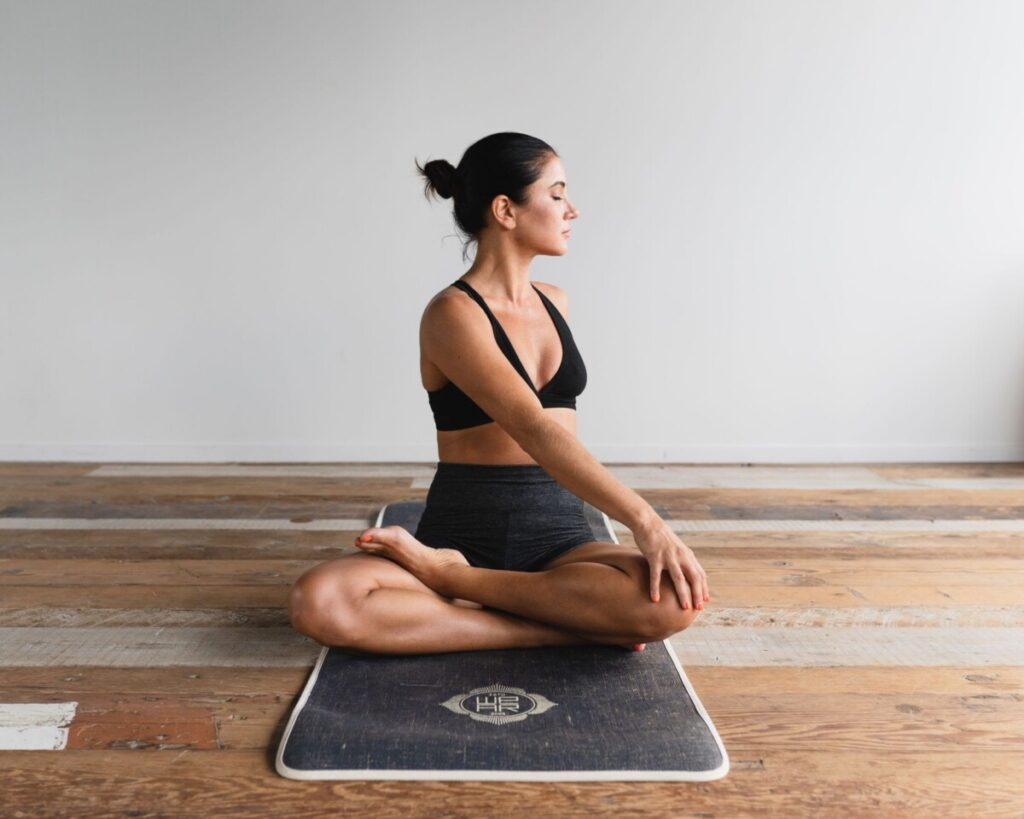Yoga is said to have originated from India. It’s a physical, spiritual, and mental practice that controls and calms the mind. They say when the mind is calm and controlled, the body will respond accordingly. One of the most significant benefits of yoga is its ability to help manage chronic pain. It’s, however, believed that yoga may not manage all types of pain. If, for example, you have a severe injury, you may need to heal first before you take on yoga.
This article will explore how yoga could help manage chronic pain. But first, you may need to know what it’s all about.
What Yoga Is All About
Yoga can be said to be a mind and body practice. There are different types of yoga, but they mostly have one thing in common: they combine meditation and relaxation with exercises related to breathing techniques and physical posture. Yoga is believed to be a great way to promote mental and physical well-being.
There are many different types of yoga, including the following:
- Ashtanga yoga
- Bikram yoga
- Hatha yoga
- Iyengar yoga
- Kundalini yoga
- Power yoga
- Yin yoga
- Restorative yoga
Depending on your condition and the type of pain you have, it’s important to seek medical advice before choosing the best type of yoga that suits you. You could also talk to different practitioners like yoga therapy Geelong and others to see what works for you. Remember to have some realistic expectations. The effect of yoga may not be immediately felt. You may need to do it regularly to appreciate its full impact.
How Yoga Can Reduce Pain
If you’ve healed from your injury but still suffer from chronic pain, here are some ways yoga called help manage your pain:
Pain Perception
Pain perception is the perception you might have of physiological pain. It’s usually caused by stimuli that may cause or threaten to cause damage to your body. It’s measured in different categories such as sharp or dull pain, general or focal pain, and intermittent or chronic pain.
It’s been reported that people may feel less pain after a yoga session than the pain they might have had before. It’s believed that yoga reduces pain perception by getting rid of negative emotions associated with pain and turning them into positives. Yoga can also help people accept their pain. In other words, the pain might not necessarily go away, but you can live with it.

Yoga has also been reported to help improve your mood and reduce neck pain. By promoting a positive outlook on life, yoga could help decrease the pain caused by disability. Regular yoga sessions may, therefore, improve your general quality of life.
Inflammation
Inflammation is your body’s way of fighting against harmful things. In trying to heal itself, the body can experience inflammation when infections, toxins, and injuries occur. When your cells are damaged, the body is said to release chemicals that stimulate the immune system. One of the main signs of inflammation is pain.
Chronic pain is often associated with inflammation, especially in people with autoimmune conditions like multiple sclerosis, Addison disease, and others. Some studies have shown that yoga could reduce inflammation by decreasing the body’s stress levels. When your stress levels are lowered, it’s believed that the chemicals that cause inflammation may also be decreased.
Flexibility And Range Of Motion
One of the main challenges brought about by chronic pain is decreased flexibility. When you suffer from chronic pain, your ability to move and be flexible can be significantly reduced. This can have a negative impact on your daily activities. To manage this and improve the quality of your lifestyle, you could try yoga.
One of the great benefits of yoga is it improves flexibility and muscle movements. It’s also believed that yoga can help improve functional ability in people with chronic lower back pain. Because yoga combines breathing, flexibility, and muscle exercise, it could be better than regular exercise.
What A Typical Yoga Session Looks Like
A yoga session typically starts with breathing exercises, which are believed to relax the body and free the mind from distractions. Deep breathing through the nose is one of the main components of yoga. A session can progress through different postures, including seating, standing, and prone yoga postures. The postures are referred to as asanas. These are held for up to a few minutes. A session normally ends with a breathing and meditation exercise.
Conclusion
Yoga could help people with chronic pain caused by injuries or conditions like arthritis, low back pain, fibromyalgia, migraine, and many others. The main philosophy of yoga is to control the body and the mind. When the body and the mind are under control, it’s believed that they can be a significant stress reduction. The ripple effects of yoga may reduce pain and better manage your chronic condition.
